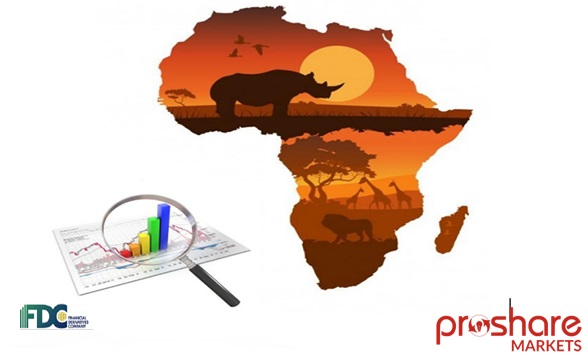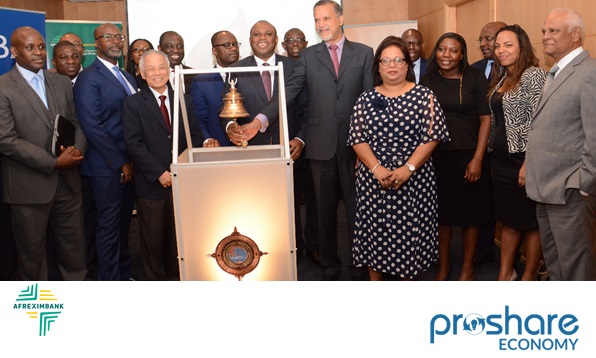The slowdown in the largest economies in Africa brings us to the sub-Saharan Africa region. The region is expected to grow at an average of 3.4% by 2020. This growth would however be limited in many countries due to policy mismanagement as governments strive to balance reforms so as to improve citizen’s living standards.
External factors such as protectionist measures by the US with China would also hinder growth. Nigeria and South Africa will account for some of this growth and other countries such as Côte d’Ivoire, Ethiopia, Ghana and Senegal will experience steady and firm growth. South Africa and Nigeria’s share of SSA’s GDP is however projected to drop to 35.1% in 2020 from 37.1% according to EIU as a result of insecurity, power shortages, double digit inflation rate and tight credit conditions in Nigeria.
On the other hand, the power cuts South Africa experienced in Q1 still serves as a risk factor as power cuts occurring in the winter period (June to August) when demand is high will damper growth. Along with this is a 13.8% rise in tariffs, heavy rainfall which could disrupt agriculture sector output and reoccurring strikes especially in the mining sector.
Ethiopia’s real GDP growth rate will average 7.1% between 2019-2020 as business confidence increases from economic reforms such as the establishment of industrial parks, sale of state-owned interest in telecommunications and airlines.
The government’s Growth and Transformation Plan II will help move the economy from agriculture to manufacturing. The programme will run until 2020. Uganda’s growth to move from a drop to 5.1% in 2019 to 5.7% in 2020 on the back of ongoing expansion in services and an expansionary fiscal policy while Cote d’Ivoire growth will be spurred on by infrastructural developments in transportation, electricity and water by private and public sectors. This would improve productivity in the agricultural and industrial sectors.
The African Continental Free Trade Agreement (AfCFTA) is an opportunity for integration in the African continent. It will cover a market of 1.2 billion people with a combined GDP of $2.5 trillion. Nigeria, one of the largest economies has agreed to sign the AfCFTA. Along with this is the upcoming ECO single currency that will be used for trade in Africa.
These developments will lower transaction costs and facilitate payments in the region as well as the creation of employment and promotion of made-in Africa goods in the economy.
However, major constraints to the obvious benefits of the trade and agreement will be infrastructure, communication and finance among member countries



